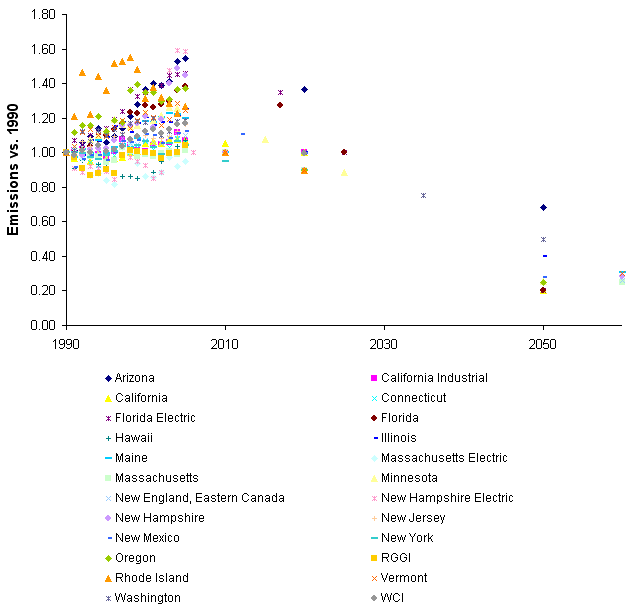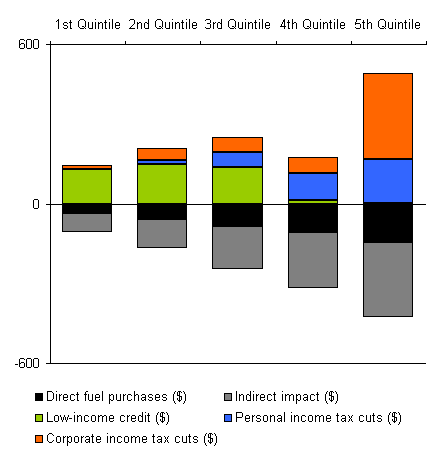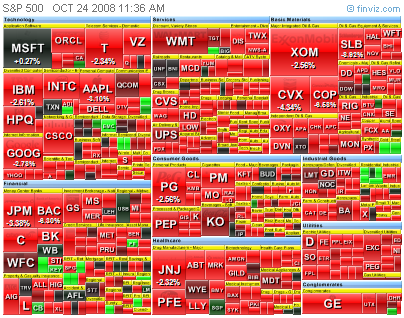A great example of policy undone by feedback, from Paul Krugman’s column, The Widening Gyre:
The really shocking thing, however, is the way the crisis is spreading to emerging markets ’” countries like Russia, Korea and Brazil.
These countries were at the core of the last global financial crisis, in the late 1990s (which seemed like a big deal at the time, but was a day at the beach compared with what we’re going through now). They responded to that experience by building up huge war chests of dollars and euros, which were supposed to protect them in the event of any future emergency. And not long ago everyone was talking about ‘decoupling,’ the supposed ability of emerging market economies to keep growing even if the United States fell into recession. ‘Decoupling is no myth,’ The Economist assured its readers back in March. ‘Indeed, it may yet save the world economy.’
That was then. Now the emerging markets are in big trouble. In fact, says Stephen Jen, the chief currency economist at Morgan Stanley, the ‘hard landing’ in emerging markets may become the ‘second epicenter’ of the global crisis. (U.S. financial markets were the first.)
What happened? In the 1990s, emerging market governments were vulnerable because they had made a habit of borrowing abroad; when the inflow of dollars dried up, they were pushed to the brink. Since then they have been careful to borrow mainly in domestic markets, while building up lots of dollar reserves. But all their caution was undone by the private sector’s obliviousness to risk.
In Russia, for example, banks and corporations rushed to borrow abroad, because dollar interest rates were lower than ruble rates. So while the Russian government was accumulating an impressive hoard of foreign exchange, Russian corporations and banks were running up equally impressive foreign debts. Now their credit lines have been cut off, and they’re in desperate straits.
The unstated closure to the loop is that emerging market governments’ borrowing in domestic markets and hoarding of foreign exchange were likely a cause of higher domestic rate spreads over dollar rates, and thus contributed to the undoing of the policy by driving other borrowing abroad.




